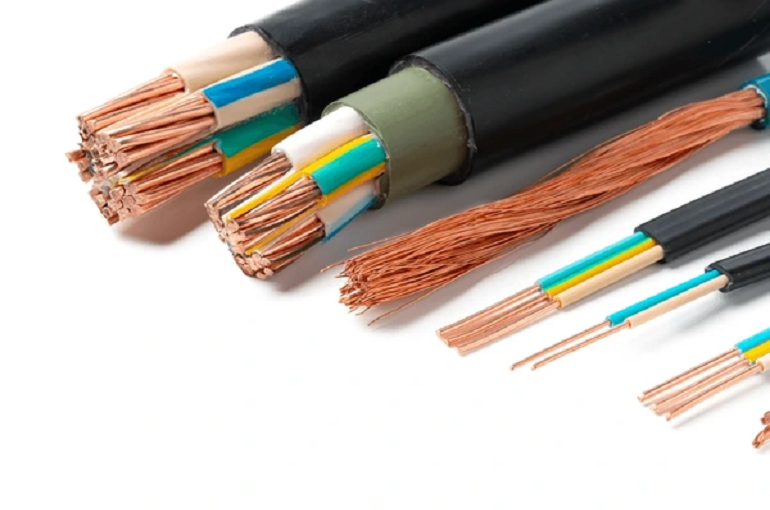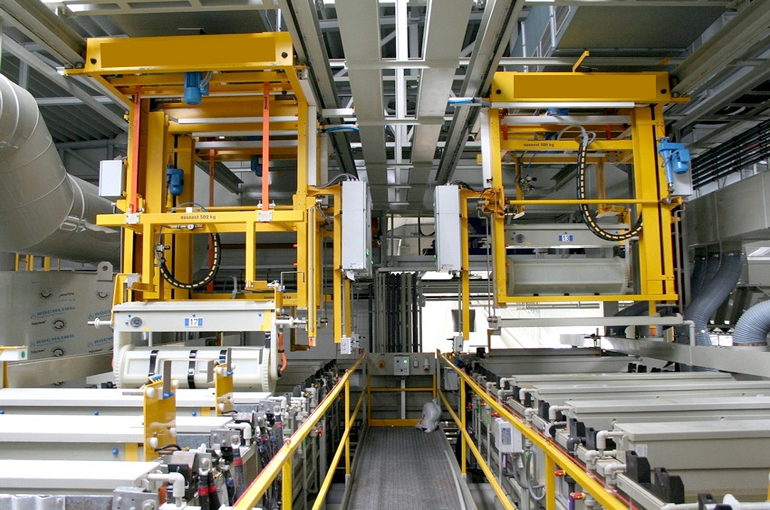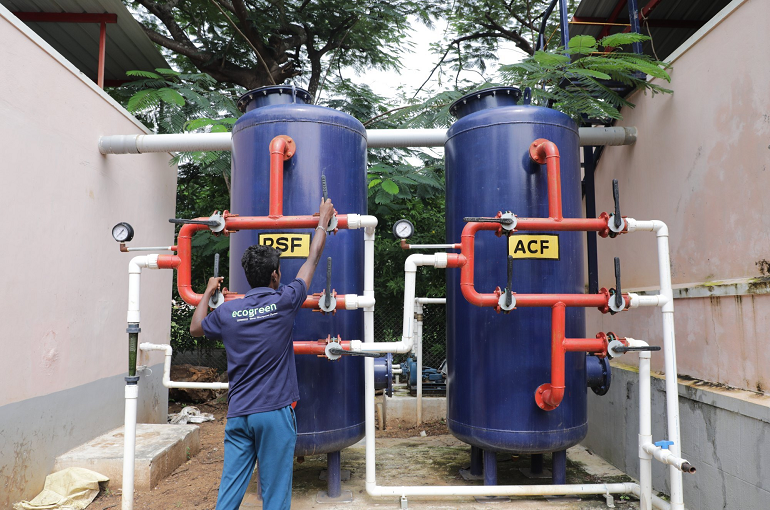A 66kV substation is an essential component of an electrical power system, responsible for transforming high voltage electricity into lower voltage levels for distribution to homes, businesses, and other facilities. These substations play a crucial role in ensuring a reliable and efficient supply of electricity to consumers.
A 66kV substation typically consists of various components, including transformers, circuit breakers, switches, and protective devices. These components work together to regulate the flow of electricity, protect against power surges, and ensure the safe and efficient operation of the electrical system.
One of the key benefits of a 66kV substation is its ability to efficiently transfer and distribute electricity over long distances. By stepping down the high voltage electricity transmitted over long-distance power lines, these substations reduce energy losses and improve the overall efficiency of the electrical grid.
Additionally, 66kV substations play a crucial role in maintaining system reliability and stability. By monitoring and controlling the flow of electricity within the grid, these substations help prevent power outages and other disruptions, ensuring a continuous supply of electricity to consumers.
In conclusion, 66kV substations are vital components of modern electrical power systems, playing a critical role in the transmission and distribution of electricity. By enhancing the efficiency, reliability, and stability of the grid, these substations help ensure a consistent and dependable supply of electricity to consumers.











.png)



